Gansbaai's new gold - The bronze whaler shark
Bronze whaler sharks have become the new stars at Gansbaai’s shark cage diving boats.
Bronze whaler sharks (Carcharhinus brachyurus) otherwise known as the copper shark because of its distinctive colouration is the new star at the shark cage diving boats in Gansbaai. This species is found in temperate waters and usually seen in groups. Bronze whalers can grow up to 3.3m in length during its 25 to 30-year lifespan. Their copper/gold colour is distinctive, and this species is very active around the boats leaving nature lovers and divers enthralled. It is not known to be predatory to humans, but itself faces fishing pressures and is considered near threatened by IUCN – International Union for Conservation of Nature. Marine Dynamics, together with other operators, is working towards a no catch policy in the Kleinbaai area.
We first noticed bronze whalers at the shark boats in 2013 and it has been amazing to see how they have adapted to the area. The only other way that people are able to see bronze whalers is if scuba diving on the sardine run, which is limited to a few weeks in June and July.
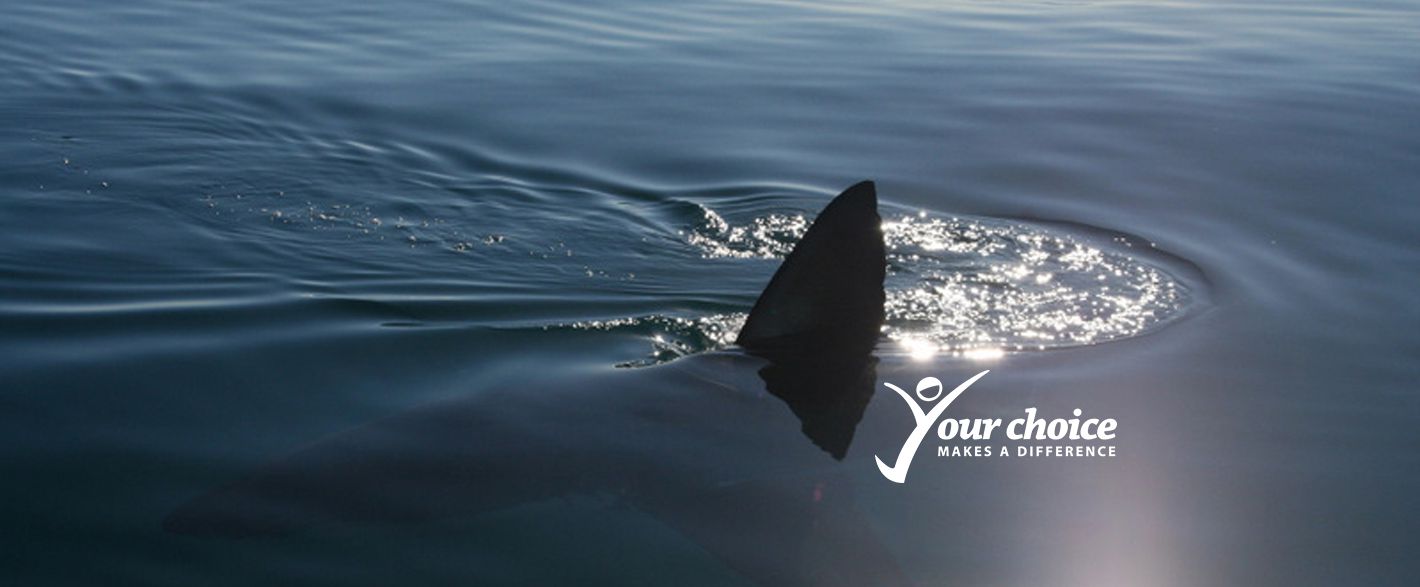
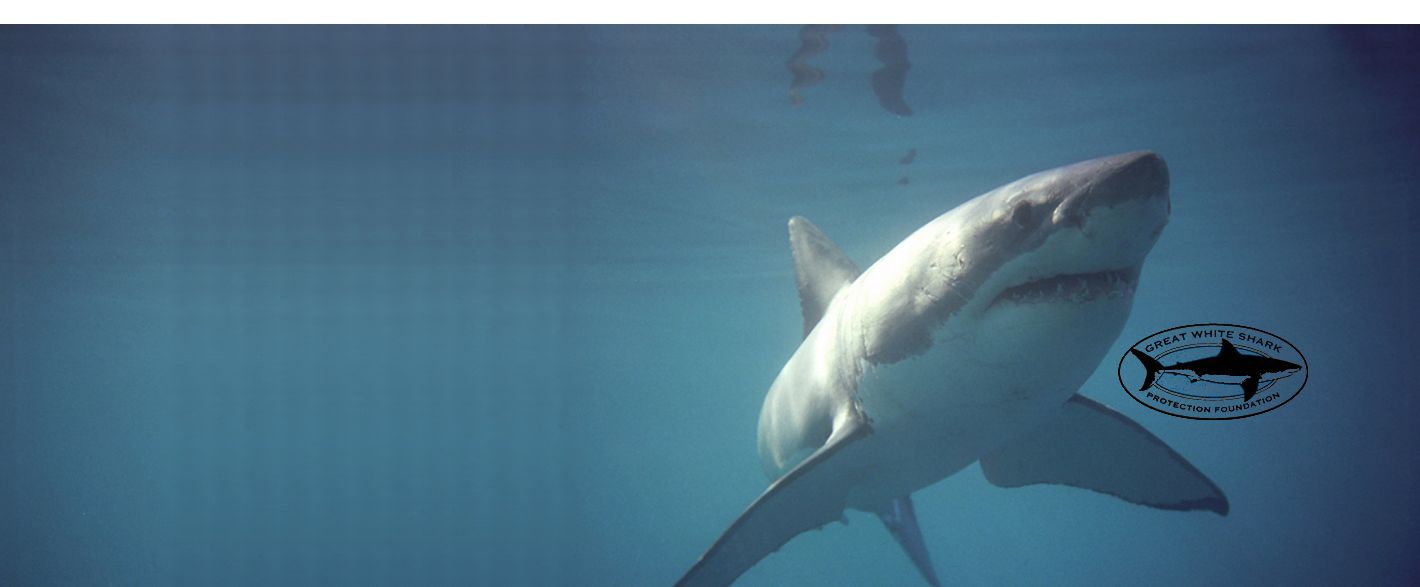
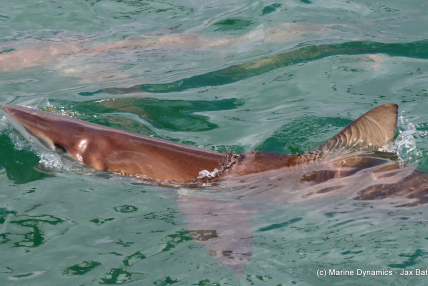
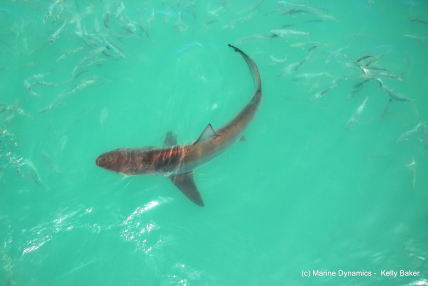
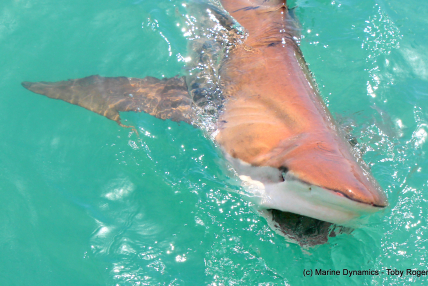
_428x286_crop_100.jpg)
_428x286_crop_100.jpg)



_136x90_crop_100.jpg)
_136x90_crop_100.jpg)






